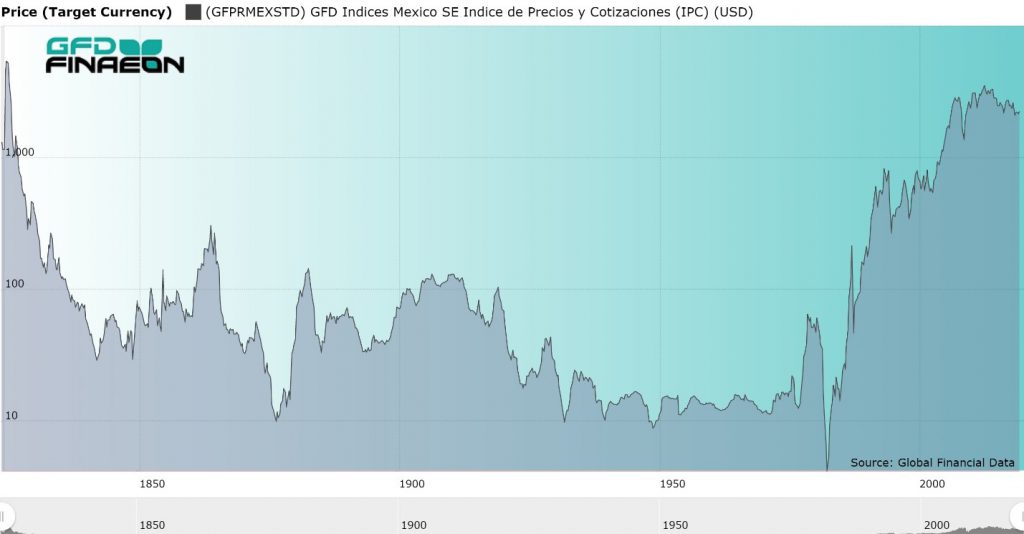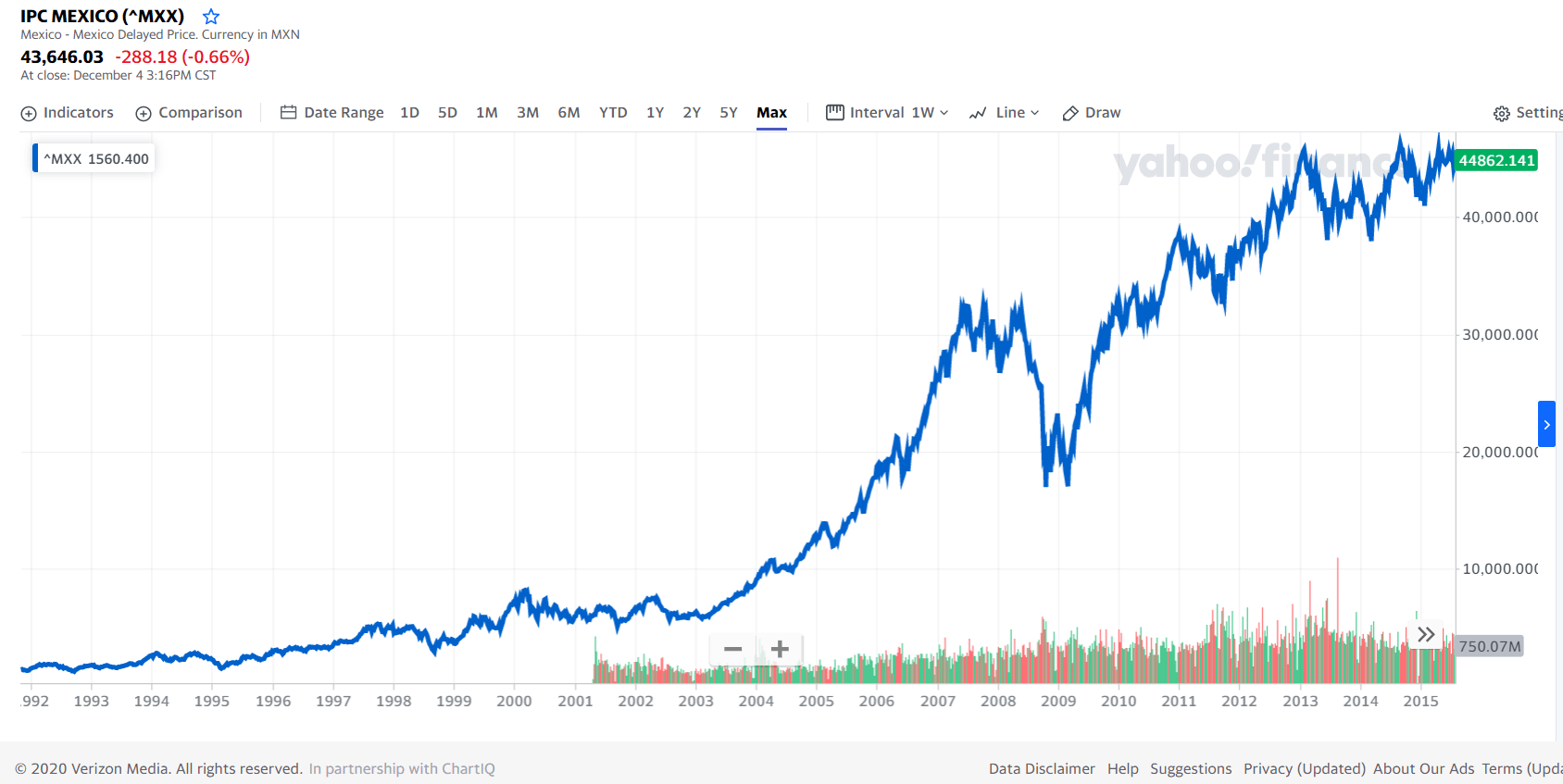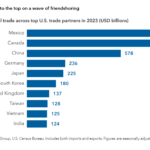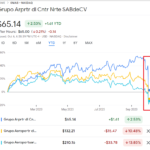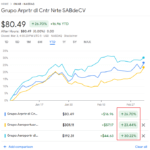Mexico is currently an emerging market. According to an article by Bryan Taylor, Chief Economist at Global Financial Data published last year Mexico is still emerging 200 years later. He discusses the boom and busts and the challenges of the country since its independence. Before we get to those details, it is important to note that some countries are unable to transition to developed market status after years, decades or even centuries. For example, countries like South Korea, Singapore, Hongkong and Taiwan used to be emerging markets in the 1950s. But in the following two decades, they transitioned into developed markets with astonishing economic growth. Even the US was an emerging market in the 1800s. However these type of successful transitions are few. Brazil for instance is called the “Country of the Future” for many decades now. It is also still emerging and unable to become a developed country. So it would be foolish to invest in Brazil or Mexico thinking they will be the Latin Tigers of this century.
With that said, below is an excerpt from the article “Mexico: Still Emerging 200 Years Later“:
Mexico has been struggling to develop its economy since Spain invaded Mexico in 1521 and it gained its independence in 1821. When Mexico was a colony, Spain relied upon exports of silver to profit from its control over the economy. The economy stagnated after Mexico gained its independence, but General Porfirio Diaz (1876-1910) attempted to develop the economy by allowing foreigners to invest in Mexico and build railroads and mines with foreign capital. Most of the investment in the 1910s and 1920s was spent developing Mexico’s oil, but after the nationalization of the oil industry in 1938, foreign capital stopped flowing into Mexico and the country had to rely on domestic capital. The economy grew rapidly after World War II, but collapsed in the 1980s. Since NAFTA was signed in 1994, Mexico has pursued market-oriented policies to expand trade with the rest of the world. The period between 1982 and 2007 was an era of high returns to both stocks and bonds, the highest in the country’s history, but during the past 12 years, returns have stagnated.
Global Financial Data has 195 years of data on Mexico stretching from 1824 until 2019. GFD has data on 44 companies that listed in London and 30 companies that listed in New York between 1824 and 1989. Most of the companies that listed in London were mining companies, railroads, banks or oil and gas companies. Oil and gas, telephone and telegraph, utilities and mining companies listed in New York. Some of the companies had a long existence with the Anglo-Mexican Mint Co., Mexican Eagle Oil Co., Mexican Railway Co., and United Mexican Mine Co. all lasting over 50 years before meeting their demise. The poor performance of equities was matched by the poor performance of government bonds.
Mexico was in default during most of the 1800s, paid interest from 1887 until World War I, went into default during the Mexican Revolution, then returned to solvency after World War II. Mexico defaulted on its bonds in 1827, made a few interest payments in the 1860s, but didn’t really start paying interest regularly until 1887. Mexico defaulted a second time in 1914 and remained in default until 1963 when the country issued new government bonds in New York. Mexico defaulted a third time in 1982 and remained in default until the “Brady plan” restructured Mexico’s debt in 1989. The Mexican government has been in default on its bonds in more years than it has paid interest. Mexican government bonds are definitely not risk-free. Even with the reinvestment of interest received periodically between 1824 and 1972, investors would have just broken even on Mexican government bonds during those 150 years. On the other hand, between 1994 and 2018, investors in Mexican bonds received an 8.73% annual return, which exceeded the 8.16% returned to equities during those years.
Click to enlarge
Source: Mexico: Still Emerging 200 Years Later, GFD
Below is the long-term chart of the benchmark IPC Index of the Mexican equity market:
Click to enlarge
Source: Yahoo Finance
It would be fascinating to watch if Mexico is able to shake off its past challenges and become the miracle economy of Latin America this century.
Related ETF:
- iShares MSCI Mexico ETF (EWW)
Disclosure: No Positions
